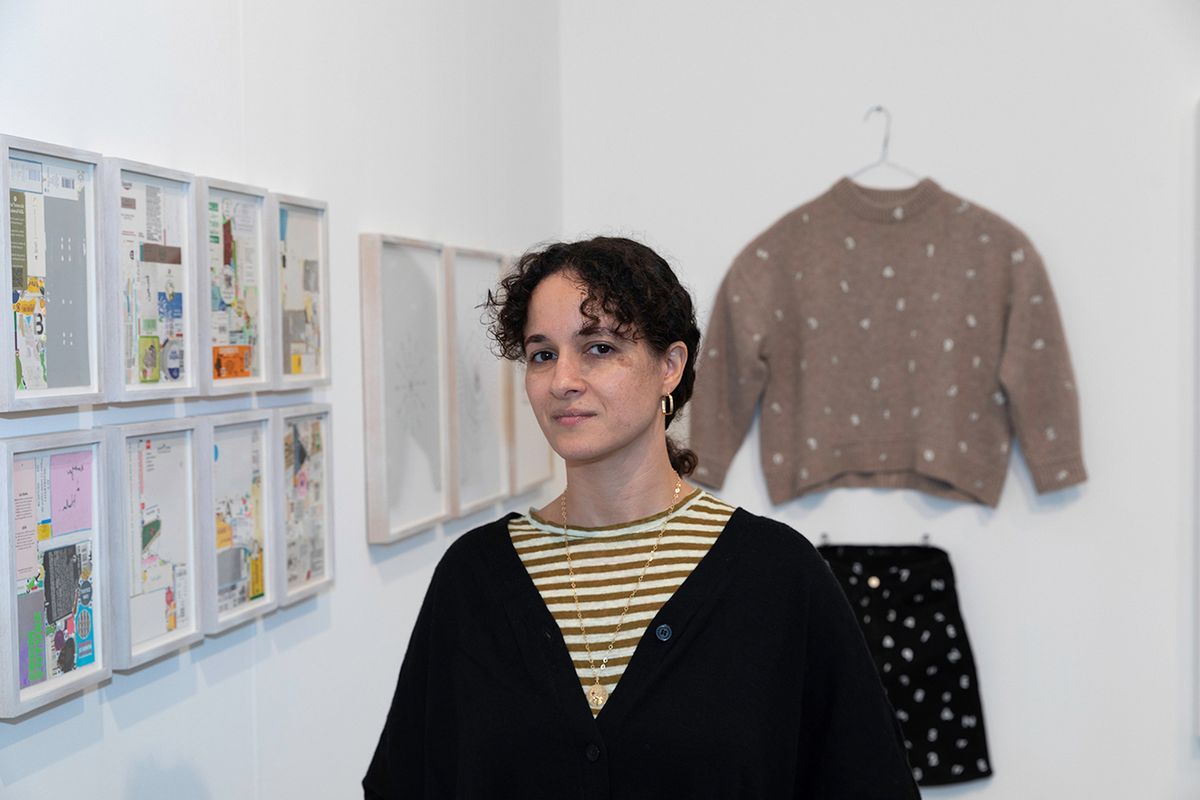Two galleries from Lebanon taking part in Frieze London say that the fair provides an important platform while their spaces in Beirut remain closed in the wake of the ongoing Israel-Hezbollah conflict.
Andrée Sfeir-Semler, the founder of Sfeir-Semler Gallery, tells The Art Newspaper: “There are bombardments every night, it’s really terrifying. It has never been this bad. In Lebanon, people are not free to look at art.” The gallery team has taken refuge in mountains near the city, she adds, stressing also that she eventually hopes to reopen a show of works in Beirut by Walid Raad which was forced to close.
Sfeir-Semler says that the gallery is using its other space in Hamburg for storage at the moment. “The works are not safe in Beirut,” she says. Israel expanded its ground invasion of Lebanon on 8 October, sending its fourth army division into the south-western part of the country.
“Nevertheless, we don’t like to cry, we like to fight. And I always say that our artists are lights in the dark,” Sfeir-Semler says. The gallery is showing works at Frieze London by artists such as Dineo Seshee Bopape (Raisible dreaming: flowers and light, flowers and light, 2023) and Khalil Rabah (Relocation: Among other things, 2018-23).
‘We can only leave testimonies’
Sfeir-Semler says: “Whenever something like this happens, the hardship of the war years comes back [the Lebanese civil war lasted from 1975 to 1990]. Whatever the art world does is very welcome, although it cannot change things. We can only leave testimonies.” She adds: “The reason we go to fairs is to show our artists—we are carrying the flag for our artists at fairs like Frieze and Art Basel Paris [next week].”
Marfa’, a contemporary art gallery based in Beirut’s port district, is also participating in Frieze London. Joumana Asseily, the gallery’s founder, says: “We made it to Frieze and have installed a booth dedicated to the Lebanese artist Stéphanie Saadé. Frieze is an important fair, London being a hub for great galleries and institutions. It gives us access to a wide range of collectors and museums directors. It is also an essential platform for us to launch and present some of our artist’s work for the first time in the city. The situation in Lebanon is very uncertain and scary. We are making decisions day by day.”
Saadé’s works include calligrams, collages and a series of clothing items emblazoned with geographical coordinates. “These are the clothes I wore during a period when I moved countries three times and moved apartments six times; these are the geographical coordinates of these six apartments, from my flat in Beirut blown by the blast [in 2020] to my current space in Paris. The numbers and letters are scattered onto the clothes’ surface forming a constellation,” Saadé says.
Marfa’ will also participate in Art Basel Paris, showing works by the Lebanese artists Seta Manoukian and Paola Yacoub. But Asseily says she does not know when the gallery in Beirut will be able to reopen. “As we have learned in Lebanon over the years, we will be closed only as long as there is a significant risk to our coworkers. We will be working remotely and open by appointment when the situation permits.
“The problem with the situation is never the present but always the potential future,” Asseily says. “The present is quite manageable, however things can escalate extremely quickly to a point where it becomes exceedingly dangerous and no one knows what tomorrow will bring.”


